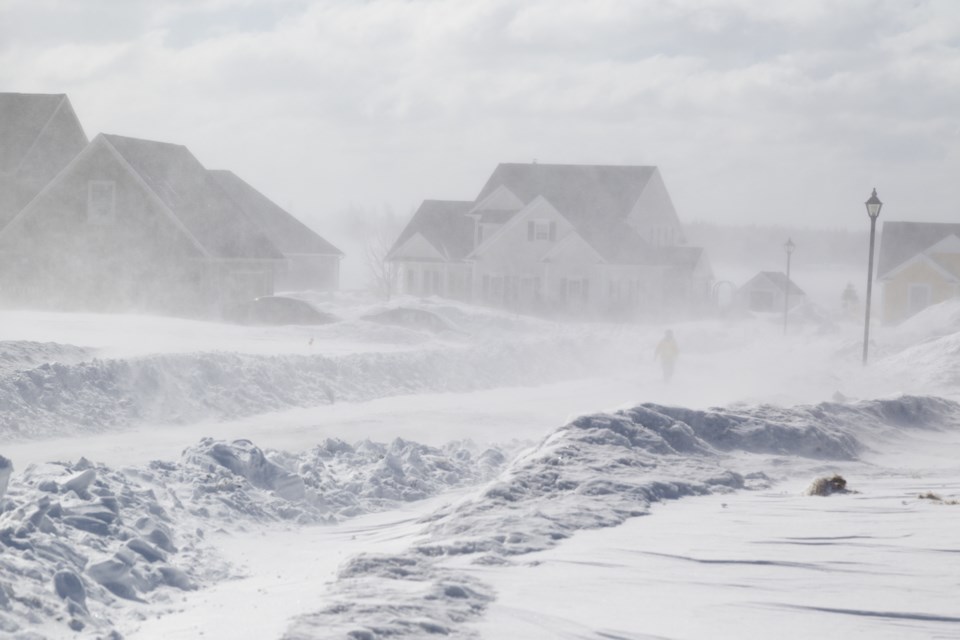WEATHER ALERT
ENVIRONMENT CANADA
*************************
Snow squall warning replaces snow squall watch for:
- Searchmont - Montreal River Harbour - Batchawana Bay
Current details:
Lake effect snow squalls off Lake Superior tonight.
Hazards:
Snow, at times heavy. Total accumulations of 15 to 20 cm.
Reduced visibility in heavy snow and local blowing snow.
Timing:
This evening to early Tuesday morning.
Discussion:
Lake effect snow off Lake Superior is expected to intensify this evening. Westerly winds gusting to 50 km/h may result in local blowing snow, predominantly for exposed areas near to Lake Superior. Lake effect snow will begin to shift south later this evening or overnight before exiting the region early Tuesday morning.
Snow squalls cause weather conditions to vary considerably; changes from clear skies to heavy snow within just a few kilometres are common.
Prepare for quickly changing and deteriorating travel conditions. If visibility is reduced while driving, slow down, watch for tail lights ahead and be prepared to stop.
Please continue to monitor alerts and forecasts issued by Environment Canada. To report severe weather, send an email to [email protected] or tweet reports using #ONStorm.
*****
Snow squall watch continued snow squall watch for:
- Sault Ste. Marie - St. Joseph Island
Current details:
Lake effect snow squalls off Lake Superior possible tonight.
Hazards:
Reduced visibility in heavy snow and local blowing snow.
Total snowfall accumulations of 5 to 15 cm.
Timing:
This evening to early Tuesday morning.
Discussion:
Snow squalls are expected to develop off Lake Superior this evening, however, they should initially affect areas north of Sault Ste. Marie. Lake effect snow will begin to shift south into the area later this evening or overnight. At this time, lake effect snow is expected to move through rather quickly before exiting to the south early Tuesday morning. Poor visibility in heavy snow will be the primary hazard as opposed to snowfall accumulations due to the quick movement of the snow squall. Westerly winds gusting to 50 km/h may result in local blowing snow, predominantly for exposed areas near to Lake Superior.
Snow squalls cause weather conditions to vary considerably; changes from clear skies to heavy snow within just a few kilometres are common. Travel may be hazardous due to sudden changes in the weather. Visibility may be suddenly reduced at times in heavy snow.
Please continue to monitor alerts and forecasts issued by Environment Canada. To report severe weather, send an email to [email protected] or tweet reports using #ONStorm.
*************************
